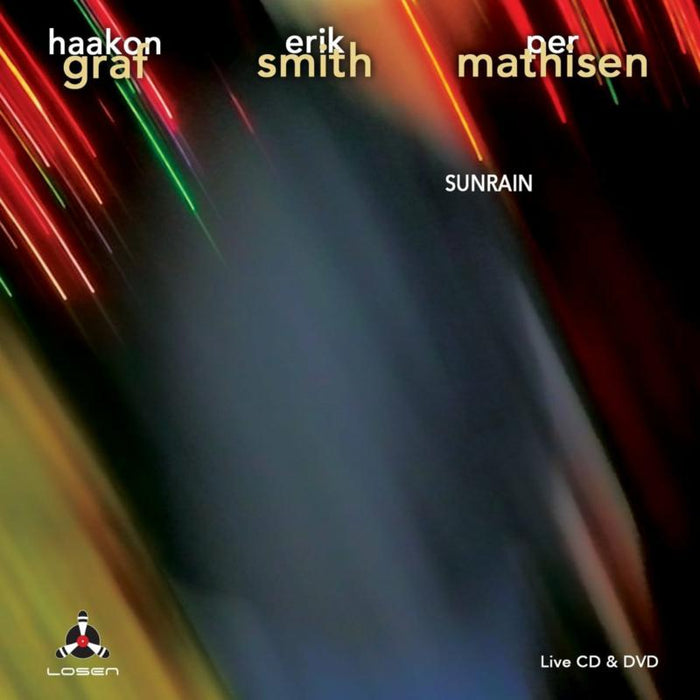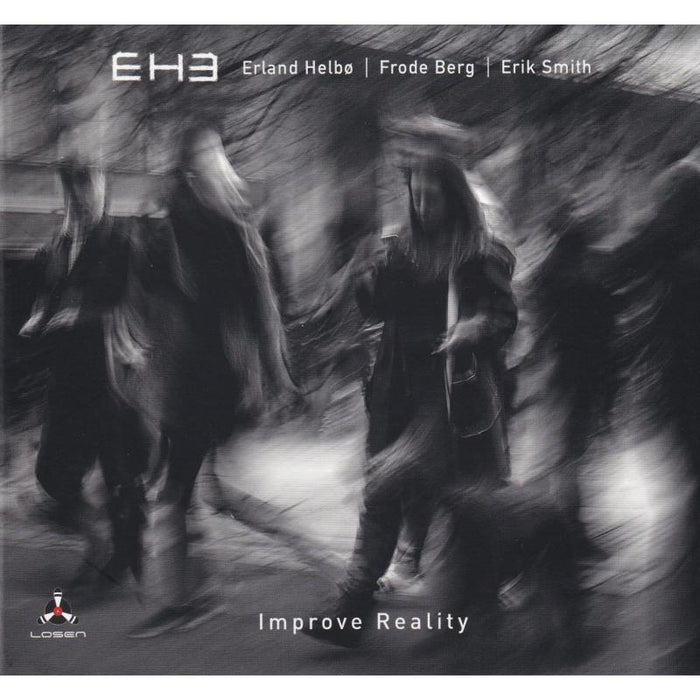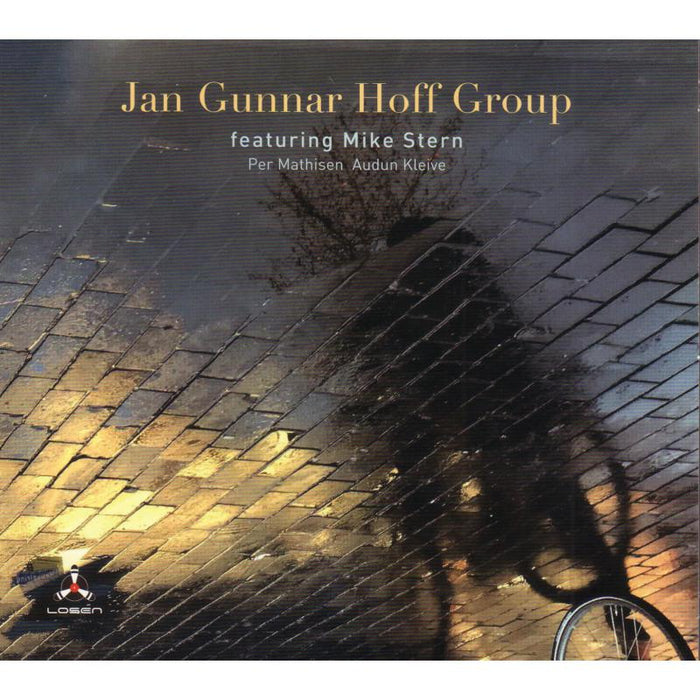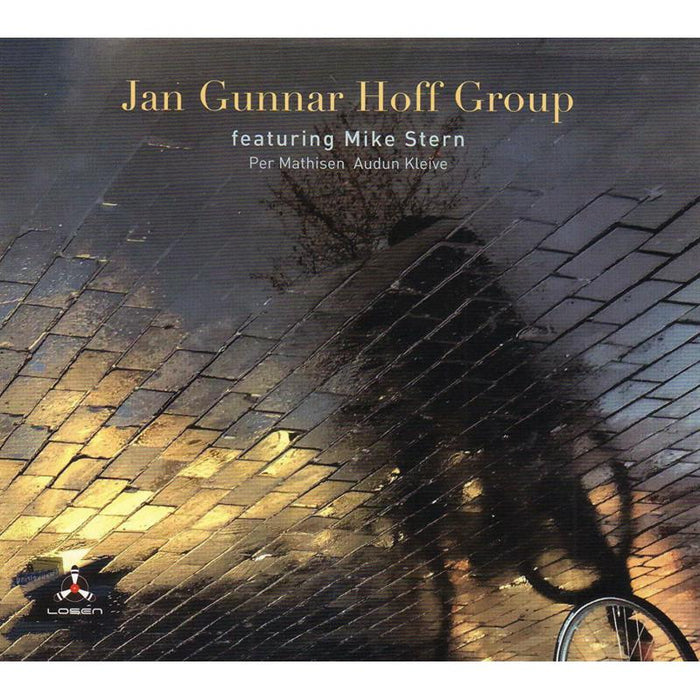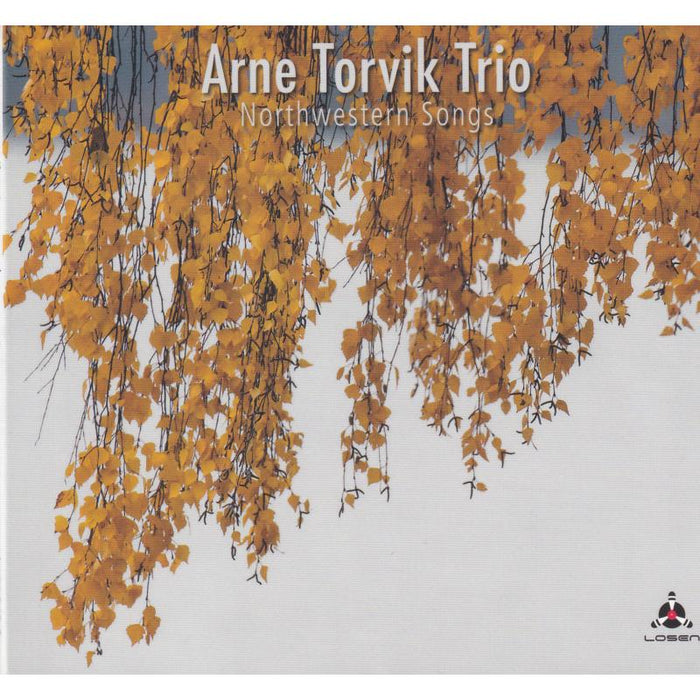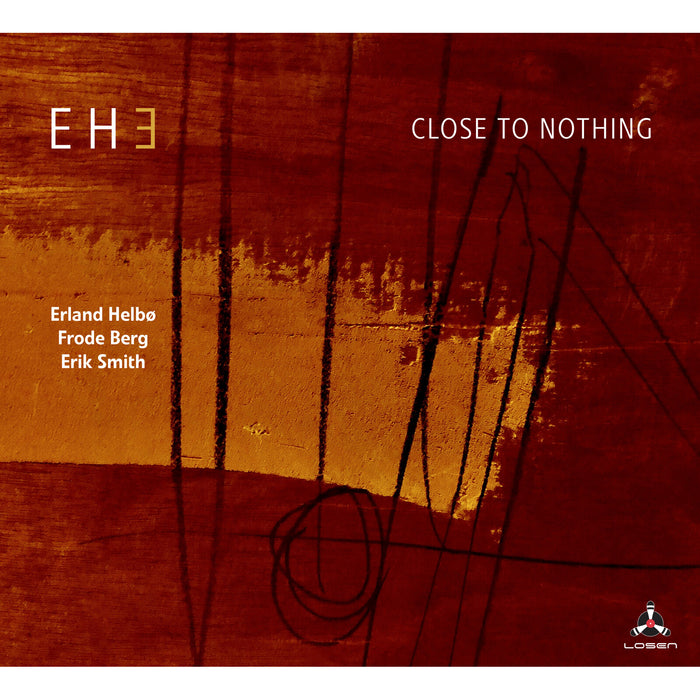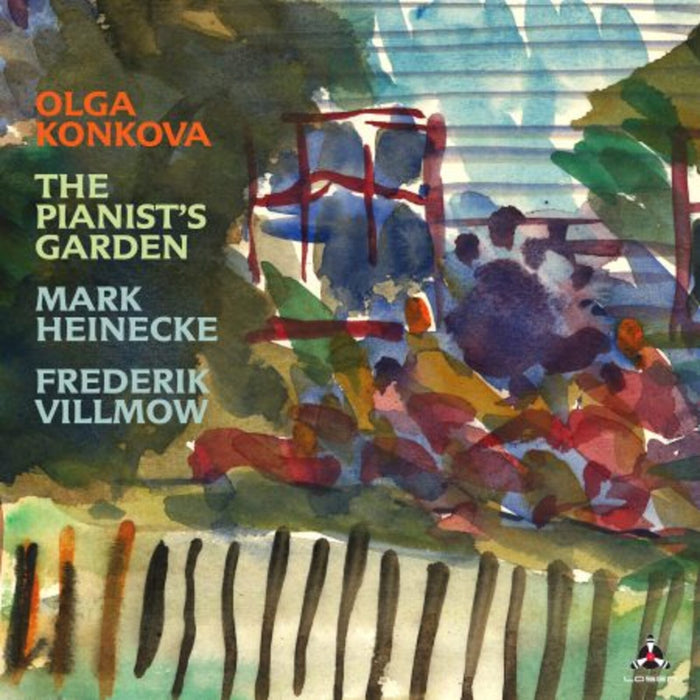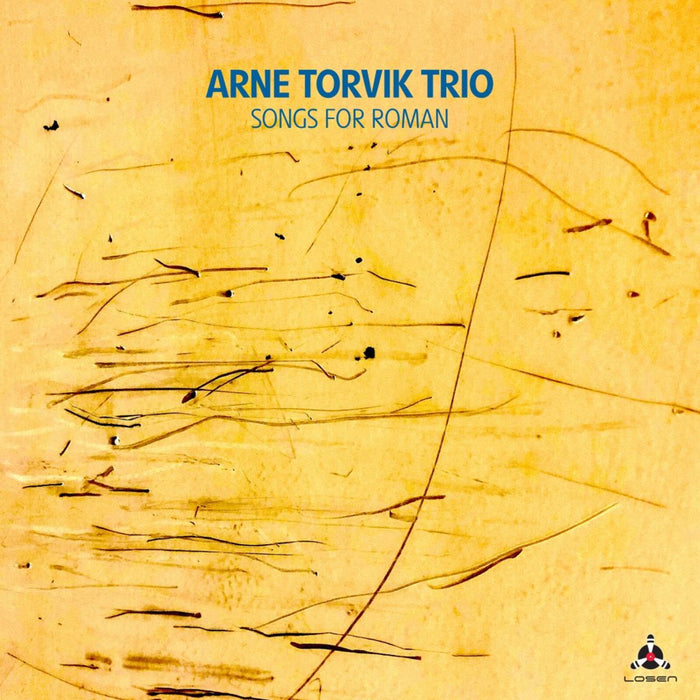Description
Ralph Alessi - trumpet; Tommaso Iacoviello - flugelhorn; Simone Alessandrini - alto saxophone, soprano saxophone; Nazareno Caputo - vibraphone, marimba; Manuel Magrini - piano; Ferdinando Romano - double bass; Giovanni Paolo Liguori - drums. Recorded October 2019, Cavalicco, Italy
Personnel: Ralph Alessi: trumpet; Tommaso Iacoviello: flugelhorn; Simone Alessandrini: alto saxophone, soprano saxophone; Nazareno Caputo: vibraphone, marimba; Manuel Magrini: piano; Ferdinando Romano: double bass; Giovanni Paolo Liguori: drums. Recorded October 2019, Cavalicco, Italy
"This is the first recording as leader by the Italian bassist and brings together a septet that has the appearance of a 'classic' line-up from the early to mid-1960s. Certainly, the opening track, 'Gecko', would confirm this expectation, with a gently undulating bass line and carefully placed piano chords behind Alessi's masterful trumpet playing merging to a combined horn / sax frontline. In this tune, the bass, with its simple but insistent line, carries the tune, allowing solos and ensemble playing to work the chords.
Romano's tuneful bass playing is showcased in 'Evocation', track 2, by a solo, which then segues into 'Wolf Totem', with Magrini continuing his carefully placed chords. The tunes comprise a pair, based on Jiang Rong's book (Wolf Totem) and Annaud's filmed version of this, that meditate on the relationship between people and nature. In 'Wolf Totem', the mood shifts from straight-ahead jazz to something more like 'third stream', where jazz and composed classical idioms merge (particularly in Magrini's piano work with echoes of, say, Satie in places). This merging is even more apparent on the two parts of 'Sea Crossing', where, in part 1, vibraphone creates a spooky background and rumbling toms threaten havoc beneath swirling trumpet and saxophone, and in part 2, a more languid mood is heralded by the bass / piano motif. In these tunes, the complexities of Romano's compositional technique are apparent; two lines in different tonalities, drawing on serial composition, run in parallel with counterpoint to reconcile them and spaces for individual improvisation. Similarly, the closing track 'Mirrors' brings together fragments of an older composition and reassembles these, using counterpoint to bring the different lines in and out of focus. Often, the tunes begin with a simple motif, say on bass, which is gradually lost as the tune develops. This is a deliberate decision on Romano's part so that few of the tunes have a 'head' to which the band returns or an obvious verse-chorus-middle eight structure. As such, the tunes create their own atmosphere and internal logic in a manner which has more affinity to classical, composed music than jazz. Having said that, the rich notes of the bass and the elegant time-keeping of the drums remind you that you are listening to a well-drilled jazz band playing music with swing and verve."
Chris Baber - Jazz Views






